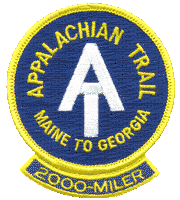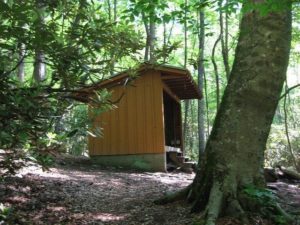The Appalachian Trail Conservancy (ATC) is formally publishing a policy that strongly recommends backpackers and others who camp overnight on the A.T. use an approved food storage method. First type are provided by land managers, such as cable systems, metal pole with arms and bearproof metal boxes. While the policy cites that 40% of AT designated overnight sites have these options, none exist on the TEHCC section. The metal pole at the former Watauga Lake Shelter was ineffective, likely being too short thus was removed from the field. Second acceptable option type is a personal bear-resistant container carried by the backpacker. TEHCC has two 440 cubic inch BearVault Solo bear-resistant food storage containers (suitable for weekend trips) available in the rental program.
The ATC policy strongly discourages the food hang as a method of protecting food and other consumables from bears and other wildlife. The ATC Register blog cites that 67% of reported bear encounters involve food hangs and storage that the bear “defeated”. Bears have successfully adapted to this approach while the increasing number of overnight visitors incorrectly execute the food hang, thus the policy recommends eliminating this ineffective method of protecting food on the Appalachian Trail.
The policy advocates that land managers along the A.T. should develop policies either strongly recommending or requiring that an acceptable food storage method (as described above) be used across the entire A.T. North Carolina Forest Service already requires bear canisters in several areas, including Shining Rock Wilderness and Panthertown (latter signed May 3, 2022).
ATC continues to request that all encounters with bears along the A.T. be reported using this form.




